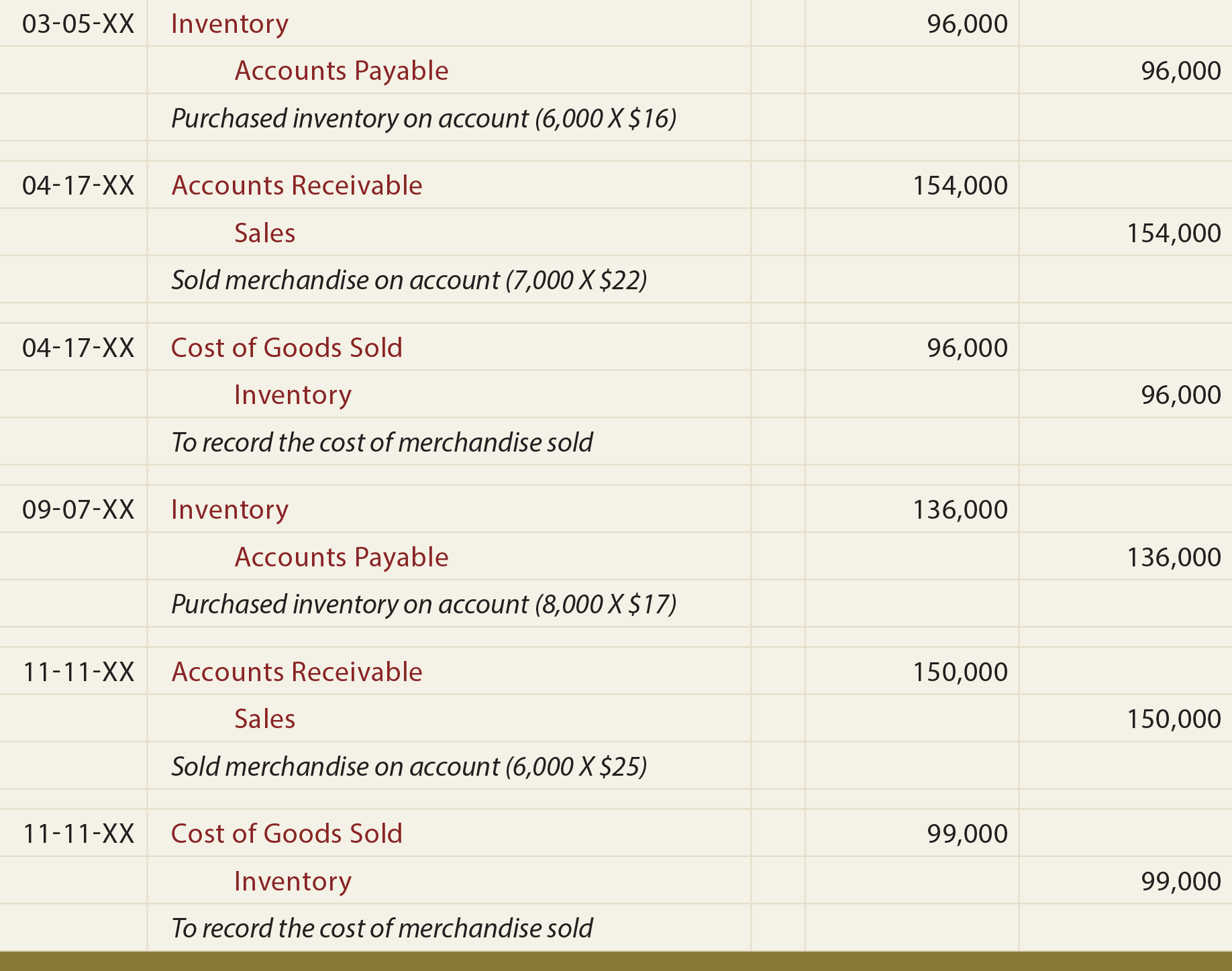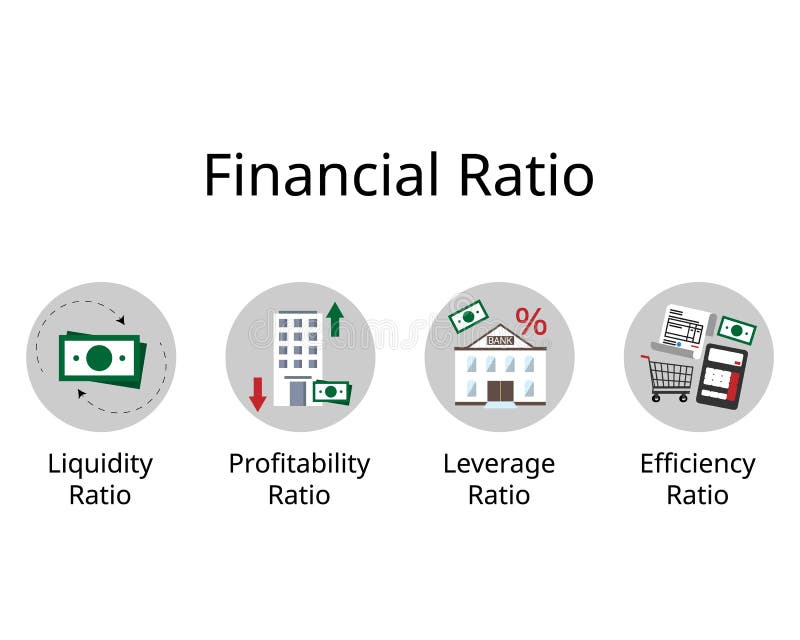Like in most small business accounting services, the quality of service can vary based on the qualifications and requirements of the staff and business. Direct costs are the straightforward prices a construction firm pays for its materials, labor, etc. Construction companies also incur crucial indirect costs (sometimes large ones) which are largely considered the cost of keeping your business going.
Financial Reporting
- Construction bookkeeping practices must account for delayed, unfulfilled, or changing payments when budgeting or filing taxes.
- If you’re wondering how to find a good bookkeeper that can fulfill this role for your company, it’s important to keep a few things in mind.
- Neither the NHSCPA, nor any of its members makes any warranty, express or implied, or assumes any liability or responsibility for the accuracy, completeness or usefulness of the information contained in this service.
- If your construction business doesn’t have the right strategy in place, taxes can have a devastating effect on your profits.
Neither the NHSCPA, nor any of its members makes any warranty, express or implied, or assumes any liability or responsibility for the accuracy, completeness or usefulness of the information contained in this service. CPAs are considered some of business’ most trusted advisers, according to a recent survey conducted by the American Institute of CPAs. Specifically, small business owners rely on their CPA for business counsel ranking just slightly behind one’s spouse or family member. CPAs are tested, continually educated and regulated by the federal government. Achieving CPA status takes intelligence, ethics, integrity and lifelong commitment. With your finances in order, you’ll have more time and resources to grow your business, invest in your community, and live the life you’ve always wanted.
Construction accounting you’ll
- When it comes to budgeting, the construction business isn’t as simple as just expenses versus profits.
- Our mission is to provide residential and commercial builders and remodelers the precision accounting services they need to aggressively grow their construction businesses and their bottom lines.
- This test of business, auditing and general accounting skills was developed to ensure the competence of CPAs entering the field, much as the bar exam evaluates lawyers and the medical boards test doctors.
- In addition to her bookkeeping expertise, Robin teaches at several colleges and universities throughout New England.
- Construction companies also incur crucial indirect costs (sometimes large ones) which are largely considered the cost of keeping your business going.
It’s easy for finances to become a distraction, especially if you’re not sure about your cash flow or the real story behind your numbers. That’s where we come in – our experts have helped countless clients overcome these challenges and put them on the path to financial success. Since I’ve switched to using Apparatus, I’ve been able to focus on growing my business while not dealing with the books. Our specialty is providing small business owners nationwide quality accounting, bookkeeping, payroll and tax services they need.
- As a certified QuickBooks Online ProAdvisor, our team brings extensive industry experience and knowledge to support your growing construction business.
- Running a plumbing business involves managing materials, service calls, and fluctuating customer needs.
- We offer a full range of accounting, tax and small business consulting services.
- Ensure that they are equipped to handle your company’s financial ledger, can properly balance your budget, and manage accounts payable/receivable.
- For example, they usually have longer billing cycles than other businesses, which means it may be difficult to forecast revenue accurately.
Quickbooks Consulting and Support
- By meticulously comparing your internal financial records against your bank statements, we identify any discrepancies or irregularities, ensuring that every transaction is accounted for.
- This service is ideal for businesses looking to scale, needing expert financial guidance to navigate growth challenges.
- Like in most small business accounting services, the quality of service can vary based on the qualifications and requirements of the staff and business.
- Platinum is our elite program for our fully stabilized Gold-level clients and is by invitation only.
- Achieving CPA status takes intelligence, ethics, integrity and lifelong commitment.
- It can even provide insights into top expenses and budget variations that can help maximize cash flow or enable business growth.
Our expert bookkeepers work their magic, transforming your numbers into easy-to-understand insights. We’ll help you monitor and optimize your cash flow, enabling you to make strategic decisions and seize new opportunities. Most Builders and Remodelers don’t have a handle on the finances of their business.
We handle all aspects of payroll, from calculating wages and withholding taxes to submitting payroll taxes and generating year-end tax documents. Our online payroll service is designed to keep you compliant with all payroll-related tax laws, providing peace of mind and freeing up your time to focus on other important daily tasks. Construction bookkeeping can differ from traditional bookkeeping because construction companies have unique financial needs. For example, they usually have longer https://azbigmedia.com/real-estate/commercial-real-estate/construction/how-to-leverage-construction-bookkeeping-to-streamline-financial-control/ billing cycles than other businesses, which means it may be difficult to forecast revenue accurately.
By estimating your taxable income and calculating your estimated The Significance of Construction Bookkeeping for Streamlining Projects taxes, we help you avoid surprises at tax time. This proactive approach allows for better financial planning and ensures that you’re always prepared for your tax obligations, helping to keep your business financially sound and compliant. Appletree Business Services commits to maintaining your financial records with unwavering accuracy and timeliness. This discipline ensures that your books are always up to date, providing you with a real-time snapshot of your financial health. Regular maintenance of your financial records is needed for making strategic business decisions, and our online bookkeeping experts ensure that you have all the necessary information at your fingertips when you need it. As a certified QuickBooks Online ProAdvisor, our team brings extensive industry experience and knowledge to support your growing construction business.
Accounting for Construction Businesses
We are not just service providers; we are partners in your business’s growth, offering expert advice and support every step of the way. With Appletree, you can rest assured that your financial management is in capable hands so that you can concentrate on growth. Cosmetologists and salon owners can rely on Balance Sheet Bookkeeping to manage their financial records, track service sales, and handle inventory. We provide bookkeeping services tailored to the beauty industry, ensuring you maintain accurate records and maximize profits. Focus on making your clients look and feel their best, while we handle the numbers.







